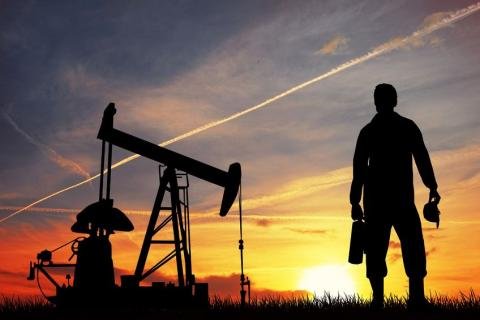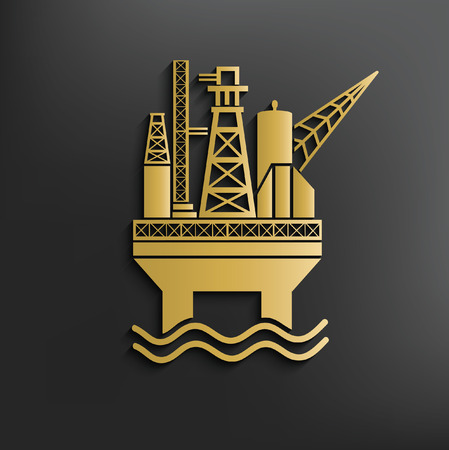What is Oil Well Completion
Oil well completion is the process of creating holes in well casing and propping open fissures in reservoirs so the well can produce
SIX STAGES OF OIL WELL PRODUCTION
The process of producing a well follows six broad stages

Drilling
the well is drilled and the casing is set
Completion
the well is hydraulically fractured and the reservoir is enabled to produce oil and/or gas
Construction
all production equipment needed to flow the well is installed according to the P&ID, including tanks, separators, and interconnecting piping
Flowback
the well is opened and the volatile early stage of production begins
Production
the well normalizes and produces consistently as long as downhole pressure remains
Artificial Lift
after production, as the reservoir pressure decreases, producers may choose from a variety of artificial lift options
WHAT IS THE PURPOSE OF WELL COMPLETION

Wells are completed so producers can recover the resources from the reservoir they have drilled
Before it’s completed, an oil well is not active. After a well has been drilled and the drilling crew sets casing down the well and cements it in. This is basically a piece of pipe plugged downhole
If it’s not completed, there is no way for the resources to get into the tubing and up the well
HOW DOES WELL COMPLETION WORK
The process of well completion follows three basic steps
When it’s time for completion, the completion crew bores holes in the casing to allow the resources in the reservoir to flow into the wellbore and up to the surface
To execute the process of hydraulic fracturing (aka “fracking”), a wireline crew uses a wireline truck to run a piece of pipe connected to perforation guns downhole
They measure where the “perf guns” are in the well bore. These guns have a shaped charge that is lined up in the pipe so they can create holes through the casing and into the formation itself
They guns go off in stages, bottom to top. Then, the crew uses the wireline truck to pull the perf guns back out
Finally, the completion crew rigs up pumping equipment and begins to pump a mixture of water, sand and a sand-like material called proppant into the well. This props open the fractures in the reservoir so the oil and gas can flow up to the surface and flowback can begin
HOW LONG DOES WELL COMPLETION TAKE

While drilling a well can take roughly one month, the completion process is much faster. An average completion schedule for a horizontal well is ten days
WHO DOES WELL COMPLETION

An exploration and production or “E&P” company owns the land. Their geologists will have identified the reservoir they want to drill
Then they hire a drilling company to drill the well
Once that’s complete, the E&P company will typically contract out a well completion company to do the completion and get the well ready for production